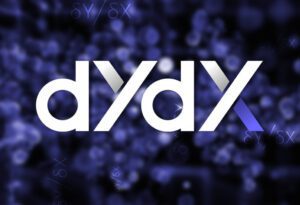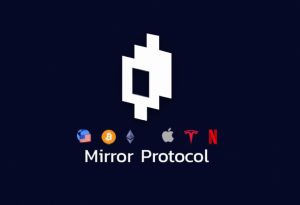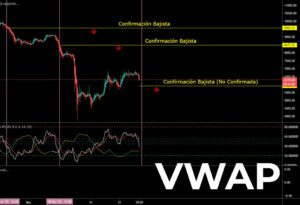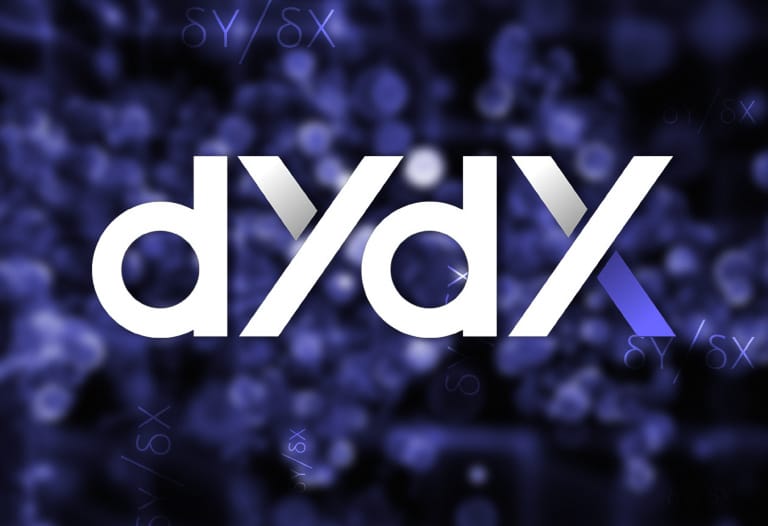
Table of Contents
ToggleThe blockchain world has accustomed us to continuous surprise and innovation. Of course, dYdX is no exception.
Lately, in this blog, we continuously talk about the importance of decentralized exchanges and the great innovation born from Uniswap, the AMM concept.
But dYdX plans to take the lead in the world of decentralized exchanges by going back to basics, with a buy and sell order book.
Join me in this article to understand what dYdX is and what its advantages are.
dYdX and derivatives
dYdX is a decentralized exchange with classic margin trading and spot trading products, but its main attraction is derivatives, created by perpetual contracts.
As a salient feature, we can mention that dYdX is deployed in an Ethereum layer 2 solution, called Starknet. This L2, uses the “Zero Knowledge Proof Rollups” technology.
Being a second-layer solution, dYdX offers its users a decentralized exchange service, extremely fast, with virtually free and instantaneous transactions.
This means it has a big advantage compared to platforms running on the Ethereum main chain.
On the other hand, unlike decentralized exchanges that obtain their liquidity through the AMM (“Automated Market Maker”) mechanism, here we have the old and traditional order book.
The importance of derivatives
Derivatives are financial products whose price corresponds to the price of another asset. This other asset is called the underlying and can be equities, fixed income or equity securities, interest rates, commodities, debt bonds or stock market indexes.
Financial derivatives, the main attraction of dXdY, represent the largest proportion of total turnover in the traditional financial world. It is necessary to put in numbers the “Market Caps” of the different assets we know, in order to try to take a real dimension of the importance of financial derivatives in global finance:
-
- Cryptocurrencies -> 2 trillion dollars
- Stock market -> 89.5 trillion dollars
- Real State -> 280.6 trillion dollars
- Derivatives -> 1 quadrillion dollars
- Cryptocurrencies -> 2 trillion dollars
Undoubtedly, a field to explore and exploit.
How does dYdX work?
For some time now, decentralized exchanges have been using the solution to generate liquidity in their markets, popularized by the giant Uniswap. AMM, or Automated Market Maker, means that individual users provide liquidity to the exchange.
To achieve this goal, “pools” or “pools” of liquidity are created, in which users deposit two tokens, in equal parts from the point of view of the nominal dollar amount ( for example, 100 dollars in ETH and 100 in DAI). Subsequently, those who wish to exchange their own coins, interact with these pools, leaving one of the coins and taking the other.
By means of an algorithm, these pools are automatically balanced, generating variations in token prices that facilitate price arbitrage.
The solution of dYdX
dYdX, however, is on the opposite side of the fence. Instead of resorting to this solution, they opted from the outset for the classic “buy/sell order book” solution.
In this system, prices are not formed automatically, but those who provide the necessary liquidity, known as “makers”, are the ones who place their bids, at the price they wish.
We have in the opposite position those who take advantage of this liquidity, the “takers”. They are those who choose at what prices to buy, even placing orders to be executed in the future, at prices at which there is currently no supply.
The negative point of this solution is that this order book is currently centralized. In short, the engine of the exchange is centralized, therefore its integral system can be classified as mixed.
So why do we classify it as a decentralized exchange?
This categorization is due to the fact that users’ funds, which originally traded on the Ethereum main chain and today trade on the StarkNet Layer 2 solution, always remain in their wallets.
How long will this mixed system work?
The big news at the beginning of this year was that the research for a fully decentralized exchange has come to fruition. It will be during the course of this year that the platform will see the launch of its version 4, which will fully decentralize dYdX.
However, the mixed system is completely transparent. The takers can observe without restrictions the totality of the sell orders placed by the makers, as well as the executed orders.
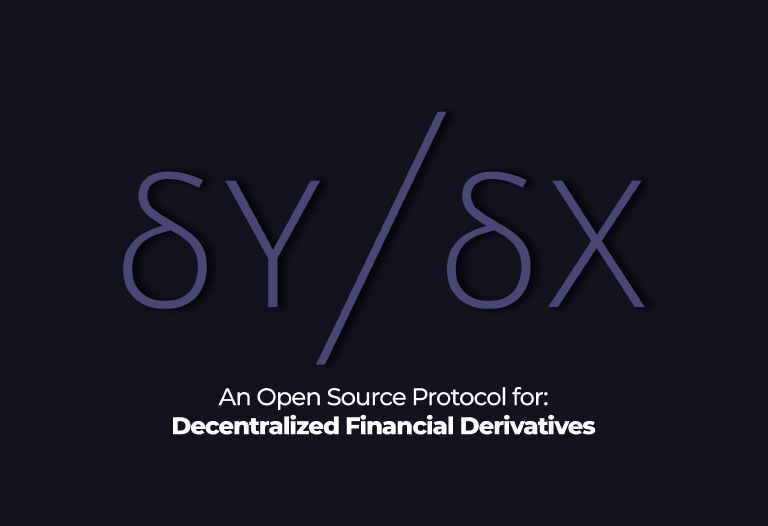
What does dYdX have to offer?
At this point of the article, we already understand what dYdX is all about. It is a decentralized exchange, which uses a different system than Uniswap, and most exchanges of this type.
Its system is similar to that of centralized exchanges and this can be seen in the visualization of its application.
Secondly, dYdX offers us the possibility to operate on a Layer 2 solution of the Ethereum network, which provides us with:
-
- Immediate transactions
- Virtually no cost
- Possibility of minimum commissions
- Immediate transactions
But now, it is time to focus on the products that this exchange offers us and to outline some explanations about them.
Spot trading
In this section, users can trade or exchange cryptocurrencies directly. We can define it, in the application environment, as the safe or conservative way of trading.
With this type of trading, in the style of Uniswap, in which we simply exchange one cryptocurrency for another, we only expose ourselves to the volatility of the currencies with which we interact.
Although it is not a risk-free activity, compared to the other products in dYdX it seems to be. As there is no risk of liquidation or total loss of the portfolio due to poor risk management, it is the most innocuous option, but also the least used.
Margin trading
As we advance in the platform options, we also advance in the scale of risks, but also in the potential benefits.
Margin trading is nothing more than “leveraged trading”. In short, it allows us to buy cryptocurrencies and expose ourselves to their volatility with an amount of money that we do not have at the time.
In dYdX, the margin trading limits are 5x. This means that, for example, if I have 100 dollars, I cannot ask the platform for more than 500 dollars. Undoubtedly, a priori, it can be attractive to be exposed to the price of a currency, with borrowed money, since our profits can grow exponentially.
The flip side of margin trading is losses. Just as we boost our profits, so do the losses we face in case the cryptocurrency price falls.
When bitcoin falls violently, dragging down the crypto market, and we listen with surprise to the amounts reached by the exchanges’ settlements, the victims are those who hold this type of open positions.
Perpetual derivatives
This is the product that generates the most movement on the dYdX platform. But why focus on this type of derivatives? According to the research carried out by the dYdX team, it is this type of product that is the one that takes the largest volume of operations in the centralized exchanges.
In the decentralized world, this platform is a leader and pioneer in offering perpetual derivatives.
Now, what are these special types of derivatives? These perpetual contracts are similar to futures contracts, but as their name indicates, they have no maturity.
When we talk about a derivative, we understand that it is a kind of synthetic that follows the price of the real asset, but not the asset itself. Therefore, when trading perpetuals we are not buying BTC or ETH, but a representation of them.
-
- The operation
To begin with, we must provide collateral, in the form of a USDC deposit. This collateral will be the one that can be leveraged up to the amount of 25 times. Perhaps it is now clear why this is dYdX’s most attractive, but at the same time riskiest product.
In order to avoid manipulation, in perpetual derivative contracts, the price of the asset is equated to the spot market price or the price of the actual asset. It is against this price that both losses and gains are calculated.
As for margins, we have two. The initial margin, which takes into account the collateral and the price of the asset at the time of opening the position, and the maintenance margin. To the latter, we add the volatility of the asset plus maintenance costs, which, although they are scarce in dYdX, do exist.
In these contracts, we have two possible options. If we consider that the price of the underlying asset will tend to rise, we take a long position, otherwise, we open a short position and bet on the fall.
-
- The results
Here we find the two possible resolutions, for both options. The asset can behave as our bet or in the opposite direction.
In the first case, each user, according to his needs, will determine a profit taking.
When the situation is the latter, it will be necessary to prevent the maintenance margin from exceeding the guarantee or the liquidation of the latter will be immediate.
-
- Risk vs. benefit
Given the volatility of the crypto world, this type of contract can yield huge gains or extremely large losses, from which many users often do not recover.
It is necessary to act with extreme caution and, if necessary, consult professionals in the field. If you do not have experience or access to this type of consultation, it is better to refrain from operating until you have a limited knowledge of the subject.
Types of orders
Regardless of the type of market we are trading, dYdX allows us to place both limit and stop loss orders.
The former are useful to set a price at which we intend to sell an asset or take profit. If that price is reached, the platform automatically executes the order.
Meanwhile, the stop loss, as its name suggests, stops losses, with an automatic operation, similar to limit orders.
This type of orders are usually complicated to offer for decentralized products, therefore they are a “plus” in this platform.
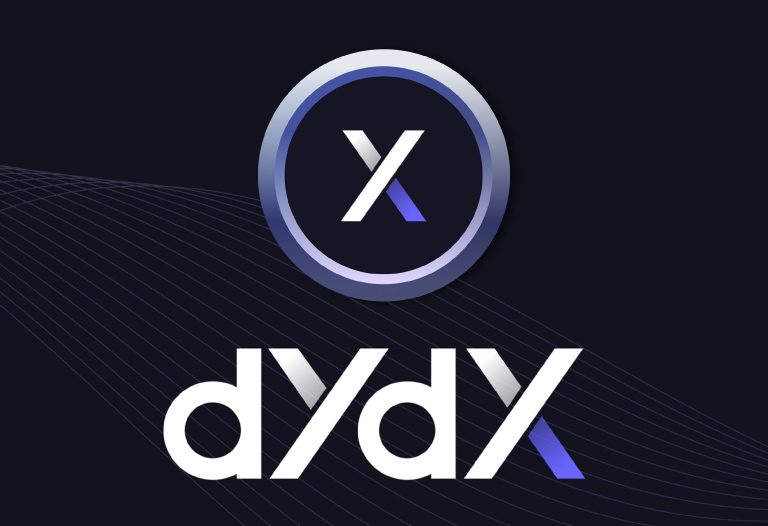
DYDX, the governance token
Crypto-twitter has accustomed us to observe, just after the launch of a decentralized platform, quasi-immediate claims requesting an “airdrop” of the application token.
And dYdX, was perhaps the cruelest of the protocols to these fanatics, but also one of the most planned and best received launches.
After completing four years of life, the launch of its governance token took both friends and strangers by surprise. Beyond a juicy “airdrop,” which forced transactions on Ethereum’s Layer 2-hosted platform, with an onerous transaction of sending funds from the main chain, its subsequent use was magnificent.
Along with the launch of DYDX, the creation of the “DYDX Foundation” was announced. Through it, the modifications to be made to the platform are being discussed, while pursuing the goal of total decentralization.
Moreover, in addition to participating in voting on proposals on the future of the protocol, DYDX holders benefit from discounts on the platform when making their exchanges.
However, the most prominent functionality of this governance token has been to act as an incentive for those who provide liquidity on the exchange. These programs are what allow dYdX to continue to break its own records within the DeFi ecosystem.
The future of dYdX and DEX
Undoubtedly, the future looks bright for the most liquid decentralized exchange in the entire DeFi ecosystem.
The news that dYdX outperforms the large centralized exchanges in terms of exchange volume is no longer surprising.
Antonio Juliano, its creator, in his last interview in Bankless, when asked if he planned to be the largest cryptocurrency exchange, including the centralized ones as well, answered that he was working for that from the beginning.
2022 will be a very interesting year for this platform and we will be on the lookout for news of its complete decentralization. Time will tell, if dYdX convinces the DeFi world to move towards decentralized exchanges with buy and sell order books…





